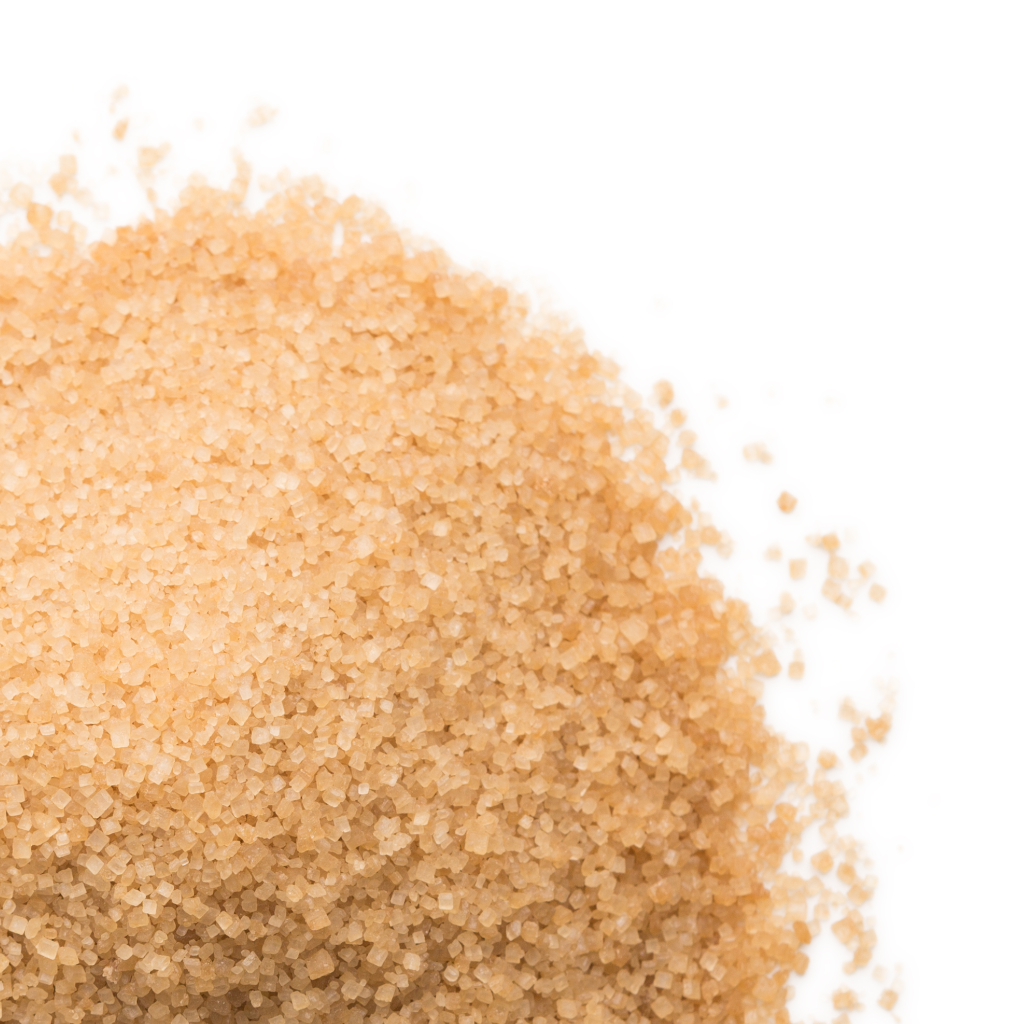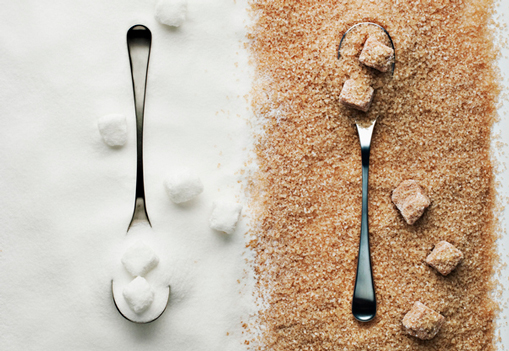Why sugar cane products Matter in the Push for Sustainability
Discover Everything About Sugar Cane: From Production Methods to Item Innovations
Sugar cane is a crop with both historic significance and modern significance. Its cultivation has actually developed from standard approaches to contemporary methods that meet today's farming needs. This development includes ingenious processing strategies that transform the cane right into a variety of items. As the market encounters environmental obstacles, brand-new sustainable practices are emerging. The intricacies of sugar cane manufacturing and its future in international markets present interesting questions worth discovering further.
The Background of Sugar Cane Growing
Sugar cane is often associated with tropical environments, its farming has an abundant history that dates back thousands of years. Coming From Southeast Asia, the earliest documents of sugar cane's usage go back to around 8000 BCE, where it was eaten for its sweet taste. By the very first millennium, it infected India, where it ended up being integral to local cultures. The technology to crystallize sugar emerged in India by the 5th century CE, marking a significant turning point in sugar production.With the expansion of trade paths, sugar cane discovered its method to the Middle East and, at some point, Europe. The establishment of vineyards in the Caribbean throughout the 16th century changed the international sugar market, driven largely by colonial expansion. As sugar came to be a desired product, its growing formed economic situations and cultures, laying the groundwork for contemporary production strategies that advanced with the advancement of farming and technology.
Traditional Farming Techniques
As sugar cane cultivation developed via history, conventional farming techniques became foundational techniques that shaped its manufacturing. These techniques, typically passed down via generations, consisted of making use of manual devices such as hoes and machetes for planting and harvesting. Farmers typically prepared the dirt by hand, using crop turning and intercropping to maintain dirt fertility and control bugs. Water management was crucial, with many conventional growers depending on natural watering systems and rain harvesting.Planting was most of the time to accompany seasonal rainfalls, guaranteeing perfect growth problems. Traditionally, sugar cane was grown in rows, permitting for easier upkeep and harvesting. Harvesting was done by hand, requiring competent labor to reduce damages to the stalks. On the whole, typical farming methods highlighted sustainability and a deep understanding of the local atmosphere, creating a vital component of the cultural heritage surrounding sugar cane farming. These practices laid the groundwork for future improvements in sugar production.
Modern Agricultural Practices
Modern agricultural practices have significantly bundled accuracy farming techniques to improve sugar cane manufacturing. sugar cane products. These approaches make use of data-driven techniques to maximize inputs and improve returns while reducing ecological influence. In addition, lasting pest administration approaches are being embraced to safeguard crops without endangering eco-friendly equilibrium
Accuracy Farming Strategies
Precision farming strategies stand for a transformative strategy to agriculture, leveraging innovation to boost performance and sustainability in sugar cane manufacturing. By making use of devices such as GPS, remote noticing, and information analytics, farmers can keep an eye on plant wellness, soil conditions, and water use with unprecedented accuracy. This data-driven strategy enables targeted treatments, minimizing waste and maximizing source allocation. Drones and satellite images promote real-time evaluations, enabling growers to respond promptly to arising concerns or modifications in environmental conditions. Furthermore, accuracy farming improves return projecting and boosts decision-making processes, eventually resulting in far better crop management. Because of this, sugar cane manufacturers can achieve greater effectiveness and earnings while lessening their environmental impact, contributing to the total advancement of modern-day agricultural practices.

Sustainable Bug Administration
Effective monitoring of parasites is crucial for preserving the wellness and performance of sugar cane plants. Lasting parasite monitoring practices focus on decreasing chemical inputs while maximizing environmental balance. sugar cane products. Integrated Parasite Management (IPM) is a popular approach, combining biological control, habitat control, and using resistant sugar cane varieties. Farmers are increasingly utilizing helpful pests and natural killers to suppress bug populaces, reducing reliance on artificial chemicals. Surveillance parasite degrees via catches and looking permits for prompt interventions, guaranteeing that control actions are applied just when essential. In addition, plant rotation and intercropping enhance biodiversity, more diminishing parasite episodes. By embracing these lasting techniques, sugar cane manufacturers can preserve crop return while promoting environmental stewardship and minimizing the adverse influences linked with traditional parasite control approaches
Handling Sugar Cane: From Area to Factory
The elaborate journey of sugar cane from area to factory involves numerous crucial actions that change this lively plant into a raw material for sugar production. After gathering, sugar cane is rapidly delivered to the handling center to lessen sucrose loss. The initial step at the manufacturing facility is washing the cane to remove pollutants, adhered to by crushing to extract the juice. This juice undergoes information, where it is heated and treated with lime to remove solid bits and impurities.Once made clear, the juice is concentrated through dissipation, resulting in syrup. The syrup is after that crystallized by cooling and adding seed crystals, resulting in the development of sugar crystals. Adhering to condensation, the sugar undergoes centrifugation to separate it from molasses. Eventually, the sugar is dried why not try here out, packaged, and gotten ready for circulation. Each action in this process is vital for guaranteeing the top quality and efficiency of sugar manufacturing.
Sugar Cane Products and Their Applications

Sweeteners and Natural Sugars
Although typically forgotten, sugar and natural sugars acquired from sugar cane play an important function in the food and drink sector. These items, consisting of sucrose, molasses, and raw sugar, offer a variety of tastes and performances that enhance numerous food things. Sucrose, one of the most common sugar, is widely used for its sweetening residential or commercial properties, while molasses contributes depth and complexity to baked items and sauces. All-natural sugars from sugar cane are favored for their minimal handling and perceived wellness benefits compared to synthetic sugar. Additionally, advancements in sugar cane handling have actually caused options like liquid sugar and concentrated cane juice, accommodating varied consumer choices. In general, sugar cane-derived sugar are important to flavor, protecting, and boosting food experiences.
Biofuels and Renewable Resource

Sustainability in power manufacturing has increasingly transformed interest to sugar cane as a practical source for biofuels. This exotic crop, abundant in sucrose, can be exchanged ethanol, an eco-friendly fuel that lowers greenhouse gas emissions contrasted to fossil gas. The fermentation procedure makes use of molasses, a result of sugar manufacturing, making best use of resource efficiency. Sugar cane's biomass, consisting of bagasse and leaves, can be changed into bioenergy, adding to a round economic climate. Different innovations in processing strategies enhance the return of biofuels, making sugar cane an eye-catching choice for power diversification. In addition, the expanding demand for sustainable power resources drives research right into improving cultivation methods and decreasing the carbon impact of biofuel manufacturing, placing sugar cane as a principal in the sustainable energy landscape.
Advancements in Sugar Cane Sustainability
As the global demand for sugar boosts, innovations in sugar cane sustainability have actually become vital to satisfy both ecological and financial obstacles. Modern agricultural methods are being applied to reduce water usage, boost dirt wellness, and minimize chemical inputs. Techniques such as accuracy agriculture use information analytics and modern technology to optimize source usage and increase crop yields sustainably.Additionally, the advancement of genetically customized sugar cane selections intends to improve resistance to insects and environmental stressors, bring about greater performance with fewer inputs. Waste management methods are why not check here also developing; by-products from sugar cane processing are being transformed right into bioenergy, decreasing dependence on fossil fuels.Furthermore, collaborations in between agricultural stakeholders and environmental organizations are fostering practices that promote biodiversity and ecological community health. These innovations not only assist reduce the ecological influence of sugar cane production but additionally develop a much more durable and lasting sector for the future.
The Future of Sugar Cane in Global Markets
While international sugar consumption proceeds to rise, the future of sugar cane in global markets faces both opportunities and difficulties. The increasing need for biofuels and sustainable products provides a substantial chance for sugar cane producers, as the crop can be made use of for ethanol production and various other environment-friendly options. On top of that, technologies in handling methods might enhance performance and decrease useful site costs, making sugar cane more affordable against various other sweeteners.However, difficulties such as climate adjustment, changing market prices, and altering customer preferences towards healthier choices complicate the landscape. Moreover, trade policies and tariffs can affect the international market characteristics, affecting farmers' profitability. As stakeholders navigate these complexities, partnership amongst manufacturers, governments, and scientists will certainly be essential in adapting to the evolving market. The future of sugar cane rests on stabilizing these opportunities and difficulties to safeguard its place in a quickly transforming international economic situation.
Frequently Asked Questions
Just How Does Sugar Cane Influence Citizen Ecosystems and Biodiversity?
The growing of sugar cane considerably influences local ecological communities and biodiversity. Monoculture techniques can lead to environment damage, while pesticide usage may hurt non-target species, ultimately disrupting environmental equilibrium and minimizing types richness in affected areas.
What Are the Health And Wellness Impacts of Consuming Sugar Cane Products?
The health and wellness results of consuming sugar cane products consist of potential benefits like energy boosts and anti-oxidants, but extreme intake might cause weight gain, oral issues, and enhanced risk of diabetic issues, advising small amounts in consumption.
Are There Any Type Of Alternatives to Sugar Cane for Sugar Manufacturing?
Alternatives to sugar cane for sugar manufacturing include sugar beet, maple sap, and coconut palm sap. These sources supply comparable sweet taste and can be cultivated in numerous environments, supplying varied options for sugar production worldwide.
How Is Sugar Cane Influenced by Environment Modification?
Climate modification considerably affects sugar cane, creating modified rains patterns, boosted temperatures, and increased parasite pressures. These aspects can reduce yields and impact total quality, triggering the demand for flexible agricultural techniques to assure sustainability.
What Are the Labor Conditions for Sugar Cane Employees Around The World?
Labor conditions for sugar cane employees around the world vary significantly, frequently identified by reduced wages, long hours, and inadequate safety and security actions. Lots of face exploitation and rough workplace, particularly in establishing countries reliant on sugar cane manufacturing.